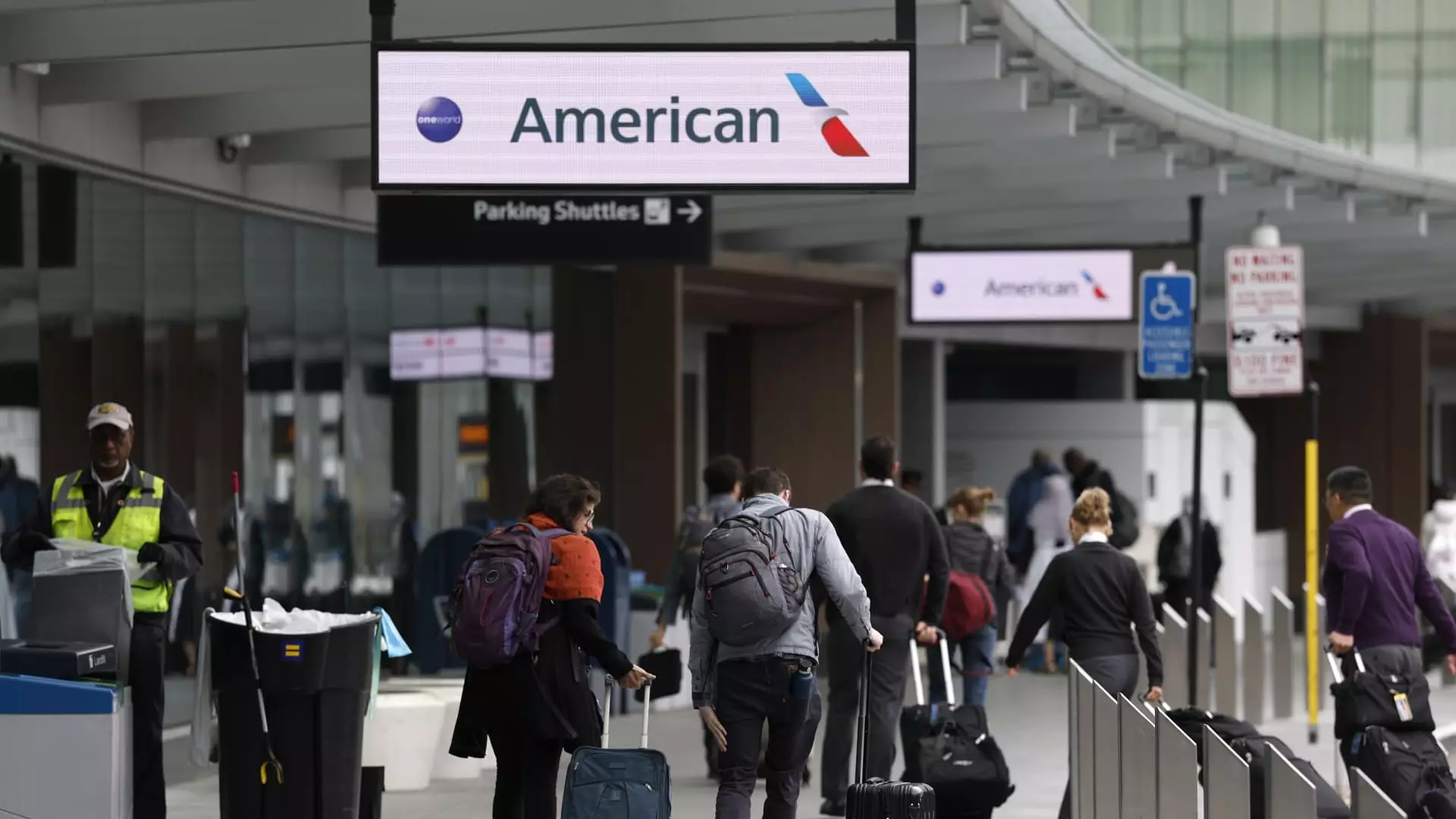In the world of airline travel, optimism is essential—but that same optimism appears to be fading fast. With several U.S. airline CEOs issuing dire warnings about falling passenger numbers, it begs the question: Is the industry on the brink of a recession? Adding a layer of complexity, economic uncertainty has emerged as a major player, jeopardizing one of the most critical aspects of human behavior—our urge to travel. As American Airlines CEO Robert Isom pointed out during a recent earnings call, when uncertainty looms over travelers, they become reticent to spend their hard-earned money on vacations.
This environment is a recipe for disaster in an industry that thrives on predictability and steady consumer confidence. Without that confidence, airline leaders are forced to confront an unsettling reality: Too many seats are chasing too few passengers, and as a result, they are prepared to adjust their strategies—some even pulling back financial outlooks for 2025 altogether. The situation is compounded by other factors such as the unpredictability of tariffs and volatile markets, which further accentuate the need for stability.
Too Much Capacity: A Double-Edged Sword
In a bid to meet burgeoning travel demands, airlines had expanded their capacity, but now they find themselves in a precarious position. Delta, Southwest, and United Airlines have all acknowledged their need to scale back on capacity growth plans. Their summer travel forecasts look optimistic, yet they are punctured by a broader sense of caution. This push for more seats in an economy that is struggling to shake off uncertainty feels like an act of desperation rather than a calculated business move.
This duality leads to a critical observation: in an industry where profitability hinges on consumer spending behavior, an oversupply of seats can lead to plummeting prices. March’s 5.3% decline in airfare from the previous year, as reported by the Bureau of Labor Statistics, illustrates this dilemma. With Easter travel festivities taken into account, it’s even more concerning that fares dropped 4% in the preceding month. If airlines wish to fill those seats, they have little choice but to slash prices to attract cash-strapped travelers.
Corporate Travel: The Casualty of Uncertainty
One of the most striking casualties in this environment of uncertainty is corporate travel. Airlines have long viewed this segment as a golden goose, offering higher profits due to less price-sensitive consumers. However, with a chaotic economic landscape, companies are cutting down on expenses, and travel is among the first luxuries to go. As Conor Cunningham, a travel analyst at Melius Research, aptly stated, corporate travel is often the first to vanish in times of unpredictability.
Delta CEO Ed Bastian’s report of a 10% year-on-year growth in corporate travel—which subsequently flattened—serves as a testament to how swiftly things can change. For an industry reliant on business travelers who book last minute, such stagnation creates a gnawing anxiety in executive suites across the nation. It further underlines the precarious balance that airlines must navigate to remain profitable amidst shifting consumer behavior.
International Travel: A Silver Lining? Maybe Not
Interestingly, while domestic flight demand is faltering, international travel appears more resilient. U.S.-based travelers continue to flock overseas, giving airlines a glimmer of hope in an otherwise bleak outlook. However, this symptom of strong international interest does little to alleviate the pressure faced by domestic airlines. As executives consider where to allocate resources, they must navigate these complexities, balancing capacity between domestic and international routes.
Despite these concerning trends, there remains an air of misplaced optimism. The belief typically solidifies that “certainty will restore the economy” offers a fragile sense of hope. However, this perspective feels overly simplistic. The complexities utterly missed by these assertions reflect the real struggles of consumers grappling with rising costs and fewer financial resources to spend on travel.
In short, the airline industry stands at a crossroads, toggling between hope and despair. Faced with rising operational costs and a challenging consumer environment, it’s clear that the journey ahead will be anything but smooth. Indeed, uncertainty has reared its head, affecting not only investors but also transforming the very fabric of the travel industry as we know it.

